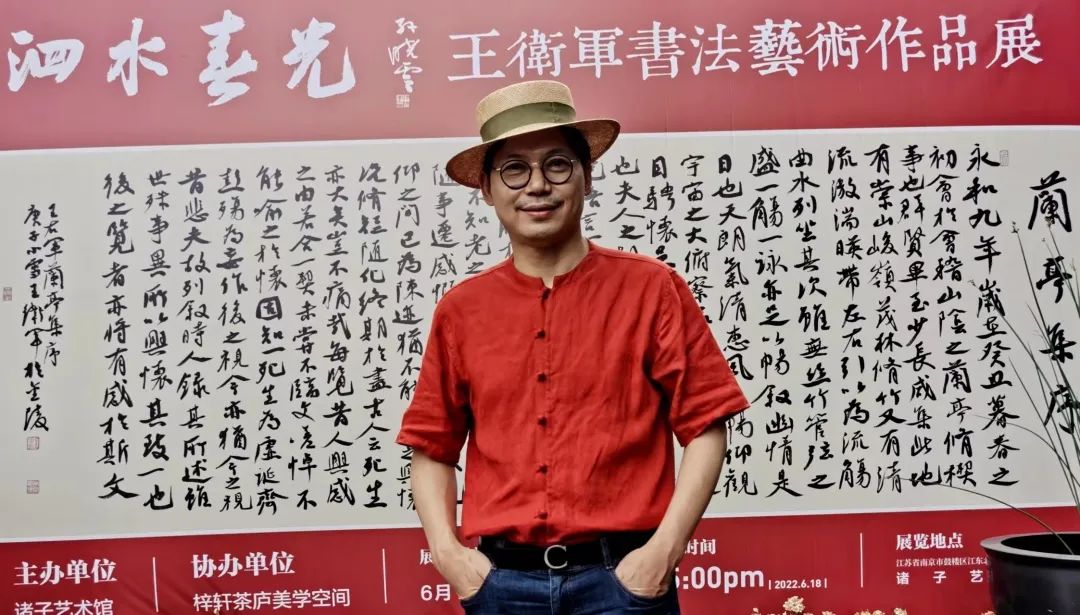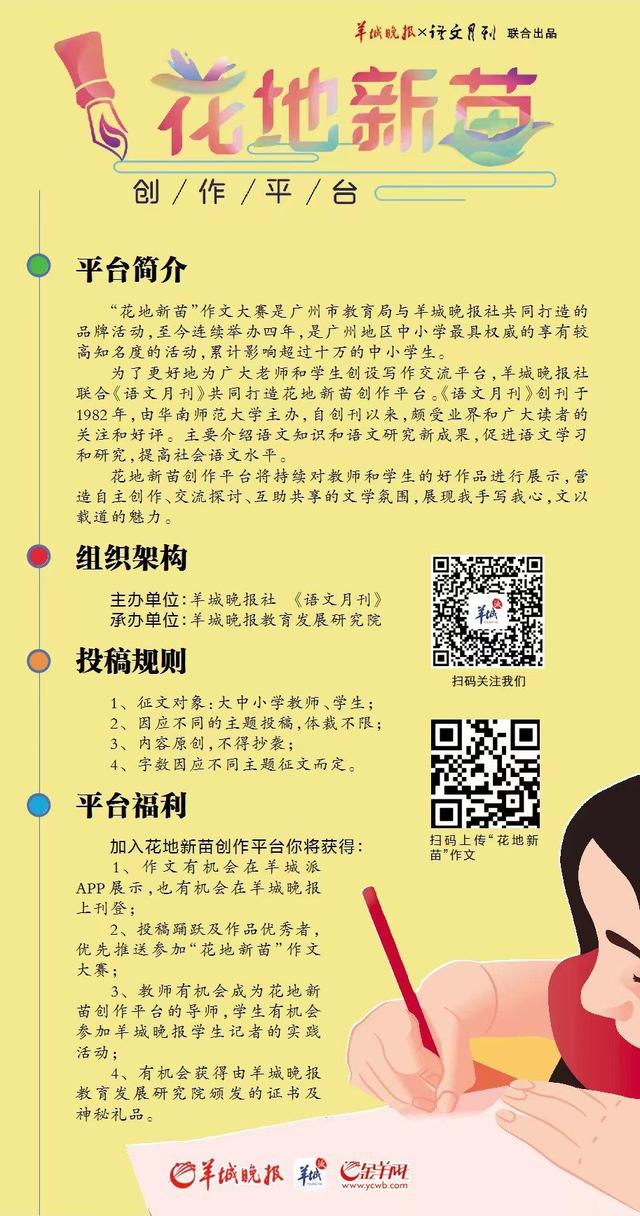Shi Yanchun: Inheritance and creation is my art fate
Author:Music club Time:2022.07.22

Shi Yanchun, a sculptor, a non -genetic inheritor in Shanxi Cailang Skills, the fourth -generation heir of Shi Shi Cailang, a visiting scholar of the Chinese Academy of Art. He is currently the Deputy Director of the Research Center of the Religious Sculpture Art Research Center of the China Sculpture Institute, the vice president of the China Architectural and Garden Art Committee, the master of Shanxi Provincial Arts and Crafts and Crafts, and the Dean of the Shanxi Changzhi Lottery Art Research Institute. Over the years, he has presided over the completion of traditional color plastic research, replication and creation projects of key cultural relic units and religious departments of Yungang Grottoes, Datong Huayan Temple, Wutai Mountain Temple, Changzhi Faxing Temple, and Beijing Yanshou Temple. In 2009, he joined the National Institute of the Central Academy of Fine Arts "The Construction of Ancient Chinese Sculpture Copy and the Construction of China's Higher Art Education System". The work "Buy Bag Monk" won the 18th Korean Fine Arts International Exhibition Special Award; "Bodhisattva Statue" was selected as the "First Chinese Contemporary Buddhist Art Exhibition" and won an excellent award; "Wish Ruhai" was selected as "New State • 2015 Taiyuan International Biennale"; "Siwei Bodhisattva" and other works were collected by the Chinese Mud Museum.

Inheritance and creation are my art fate
Shi Yanchun
As a mantle of traditional skills, the relationship between inheritance and innovation carefully, deeply understand, and accurately grasp the context of inheritance and the direction of creation is the primary problem we are facing. In the intangible cultural heritage itself, the inheritance of the opponent's craftsmanship has a standard and rigorous path, and innovation often breaks through existing norms and forms its own characteristics.
Like most artists engaged in traditional art, I have not only existed in the system of non -genetic inheritance in color plastic skills, but also have the ability and enthusiasm of artists to independently create. So how to coordinate between the inheritance of non -heritage and artistic innovation? Exploring this relationship is a useful thinking about inheritance and innovation.

"Huayan Three Sacred Statues" mud color plastic (copy) national cultural relics protection unit Datong Huayan Temple
Diverse inheritance
I was born in a folk art family in Heishan, Liaoning. Grandpa Shi Guanghe is a famous folk artist in western Liaoning in the late Qing Dynasty. He is good at temple viewing and mural art. Grandfather Shi Baohai knows the essence of his family skills. Since I was a child, I followed my grandfather and father to learn colorful plastic and mural skills, and gradually cultivated interest in traditional colorful plastic art.
Traditional colorful plastic, especially the technique of religious color plastic, has gradually declined in the late Qing Dynasty. In modern times, whether it is technical or artistic levels, it is common, as well as morning stars. I picked up this mantle at such a historical node.
At the beginning of the art, my grandfather was nearly 70 years old. His father encountered a special period of history in inheriting his ancestral industry. The skills inheritance of the skills was almost interrupted. Moreover, at that time Instead of understanding the nature of traditional colorful art, it is not allowed to explore its historical origin.

"Bodhisattva Statue" mud color plastic (creation)
In 1998, at the invitation of the cultural relics department of Changzhi, Shanxi, my father and my Fa Xing Temple in the National Security Unit Changzhi Exploration have restored the statue of the Cai Plastic Bodhisattva Bodhisattva of the Song Dynasty style. journey of".
Shanxi has the reputation of the "China Color Plastics Museum", which is more than 13,000 in colorful shapes in the temple views of the temples throughout the territory of the country. The work constitutes a complete and systematic Chinese traditional color -shaped image.

"Siwei Bodhisattva" Mud Plastic (Creation) Chinese Mud Museum Collection
Since then, I have changed from the small inheritance of family skills to a large inheritance relationship with classic art works of all ages. The latter's text is much stronger, and it is not the eloquence teaching between masters and apprentices, but the classic ancient plastic research generation of academic qualifications. The relationship between state inheritance and diverse inheritance.
This diversity also includes the experience of studying and studied in art colleges. In 2006, I studied at the Sculpture Department of the Central Academy of Fine Arts. During the study of the Academy of Fine Arts, I was also invited to participate in the "ancient Chinese sculpture replication and China in ancient Chinese Academy of Fine Arts Yuan Yunsheng during the study process. The construction team of the higher art education system, and then followed Mr. Wu Weishan as a visiting scholar at the Chinese Academy of Art.
In the course of studying and work, I kept discovering the artistic characteristics and expression methods of exploring and studying the statue of ancient colored statues in various places, and learned the experience accumulated by their predecessors. Over the years, the gains have been quite abundant.

"Shakyamuni Buddha Statue" clay sculpture (copy) World Cultural Heritage Yungang Grottoes

"Maitreya Statue" mud color plastic (creation) Beijing Yanshou Temple

"Wenshu" clay sculpture (creation) Wutaishan Shuxiang Temple
Inheritance
Most of my time I engage in ancient plastic restoration and replication. Since 1998, the temple viewing image of the temples that I have fixed, replicated and created has been more than a thousand. Essence
In ancient plastic restoration, I have been following the traditional color plastic production method. The repair of cultural relics and creative works is completely different. The repair of cultural relics has strict institutional requirements. Essential differences.
He has been engaged in the production of color shaping statues for nearly 20 years, busy and happy. In addition to the production of traditional statues and cultural relic restoration, I continue to create works and participate in various art exhibitions. My work is mainly religious theme. In the creation, we must not only learn the artistic style of the statues of all ages, but also to understand religious thoughts. The creation of religious statues is like "binding dancing". There is a rigorous system of rituals. If you surpass the ritual, you will stay away from religion, and the work will miss the sacred sense. I explore in the creation and strive to find the artistic appearance and personal artistic style of the current religious statue. I not only followed the traditional technique inheritance method, but also invited to teach traditional statue art courses at Nanjing University, Beijing Academy of Arts, Jingdezhen Ceramics University, and other universities. It is not easy to inherit traditional art, but it is worth our adherence.
"No Obstacles" cast copper (creation)

"Guan Gong" clay sculpture (creation)

"Wish Like the Sea" clay sculpture (creation)

"Wenshu Bodhisattva" mud color plastic (copy) National cultural relics protection unit Changzhi Chongqing Temple

This article has been authorized by the author. The picture and text are provided by the author.
The works in the picture are Shi Yanchun restored sculpture and creation.
This article was published in "Favorites/Auction" magazine 2016 Issue 6
- END -
A little bit of vast anger and fast -looking wind -Wang Weijun's calligraphy art talked about

The picture shows Mr. Wang WeijunAncient and Modern Ci Words · Words Zhang Yan sa...
Flower Land New Miao · College Entrance Examination Composition | Hua Zhaohan: Based on the base of this hand, the flower of the wonderful hand

Guangzhou Zhixin Middle School Hua ZhaohanThe game is ever -changing, and after al...